So Much Depends on the Bean Salad: Writing About the Details of a Text
We are at post #6 in our 7-week blog-a-thon on #closereading. We invite YOU to join in! Find more on how-to here. Several selected posts have already been linked to on the Contributors page and we are looking forward to your addition. Let’s closely read the practice of close reading together!
On a hot day in New Mexico during the summer of 2001, I saw my Dad for the last time. I knew that it might be the final visit. I lived in NYC. He was sick. We were both broke.I remember all of the details of those last ten minutes. Sitting at the kitchen table with him in his one bedroom apartment on the outskirts of the city. Eating the steak and bean salad he had made me for lunch, the same bean salad he would be buying in the supermarket where he would have his heart attack. The overflowing ashtray, the beat up furniture, the unpacked boxes. The way he asked if I liked the bean salad, like he wanted me to, and the way I said yes. How our voices sounded like the fear of what comes next. His eyes. How I didn't want to leave. I remember the look on his face when my friends pulled in the driveway to pick me up, and how quickly he pulled those feelings down like a blind. His hug in the driveway and how when my chest moved with the sob that would have started too many, he said with love deep in his voice, "No, kiddo, we can do this. No baby. It's okay."I have doubts telling this story here in this blog post on writing about close reading because who really cares about close reading when placed against the stories that capture the enormity of our lives? But as I held this topic in my mind all week, as I thought about the reason to care about teaching students how to articulate and elaborate and analyze on paper what they have read closely in a text, I kept coming back to this. Because of course I remember every detail, I lived and read that moment closely. But the details, and the fact of the goodbye are not the only reasons why this memory matters so much. It's the work I did afterwords with friends and family members and perhaps a therapist or two to find meaning in each of those details that has helped me see why this memory is unique and what it shows about me, my Dad, and our relationship.I wrote a lot in the months after his death. I wrote to try to understand what had happened, what I was feeling. I wrote about the details mostly, and in doing so, I saw so much meaning in the specifics of our goodbye. I saw how the details of his apartment broke my heart because I wanted to stay and help him, because I wished so deeply that he was doing better. I saw that his pride over the bean salad symbolized how small his life had gotten in the end and also how much he wanted to please me. His words to me as we said goodbye now felt to me like the perfect example of his particular kind of love - he always tried to shield me from his own pain, he always wanted to seem strong, he always wanted to make it better, and of course he never knew how. We find real, subtle, poignant, universal meaning when we analyze the details of the moments we live and the texts we read. As Roy Peter Clark urges us to think in his book "Writing Tools: 50 Essential Strategies for Every Writer," details are where the true meaning lies. He exhorts non-fiction writers to pay attention to the littlest things, like the bean salad, or the name of the dog. While Clark is talking to writers, when we teach students to read closely, we are asking them to do the same thing in the texts they are reading. To focus on the details in order to see the larger truths of the text. Just noticing the details is not enough for a reader - of life or of texts.To make true meaning of the little things, we must spend time thinking. This is hard. Writing is a great way to help people linger on a thought, to let it grow. And just like the people who helped me heal had different ways to push me to say what was in my heart and head, we can offer students some prompts or sentence frames to help push their thinking about the details they have closely read in texts. These sentence frames help students to do work that is otherwise overwhelming, they give them stepping stones to get to the bigger ideas that are lurking in their hearts and minds, but don't have the oompf to rise to the surface. Some of these frames might include:
1. "I noticed that the author...and this makes me think..."
2. "The author is using words like . . . and . . . I think s/he is doing this to show . . ."
3. "When I saw the phrase . . . I realized that the author . . . "
4. "I think that . . . is really a symbol for . . . because . . ."
5. "I think the author is trying to . . . with the . . . s/he is choosing."
6. "I am seeing a pattern in how . . . I think this connects to the theme of . . . "
There are so many others, of course, and you will write your own sentence frames that reflect both the teaching in your classroom and the kids at the desks.Close reading is important, as we see so many of the details of a text race by our young readers' eyes unnoticed. But simply pulling out the details won't suffice. When you see that your students need a little help connecting the detail of the text to what it might mean, try using some sentence frames or prompts to help them. Like Soren, a 6th grader, who took to analyzing word choice in his book for homework one night:
The pages of a text are not as important as the final goodbye between a parent and child. And close reading is not "just like when I said goodbye to my Dad." But the reasons for why we might teach students to write about their close reading go way beyond state assessments and literary essays and college and career readiness. When we learn to analyze the detail of a text, we also learn ways of thinking about our lives, and vice versa - a beautiful cycle. This work makes our minds sharper and our hearts bigger - sometimes we just need a little help to say what we mean, big or small.Big idea: Writing About Reading Tiny Detail: Using prompts to help analyze the details of a textKate and Maggie



